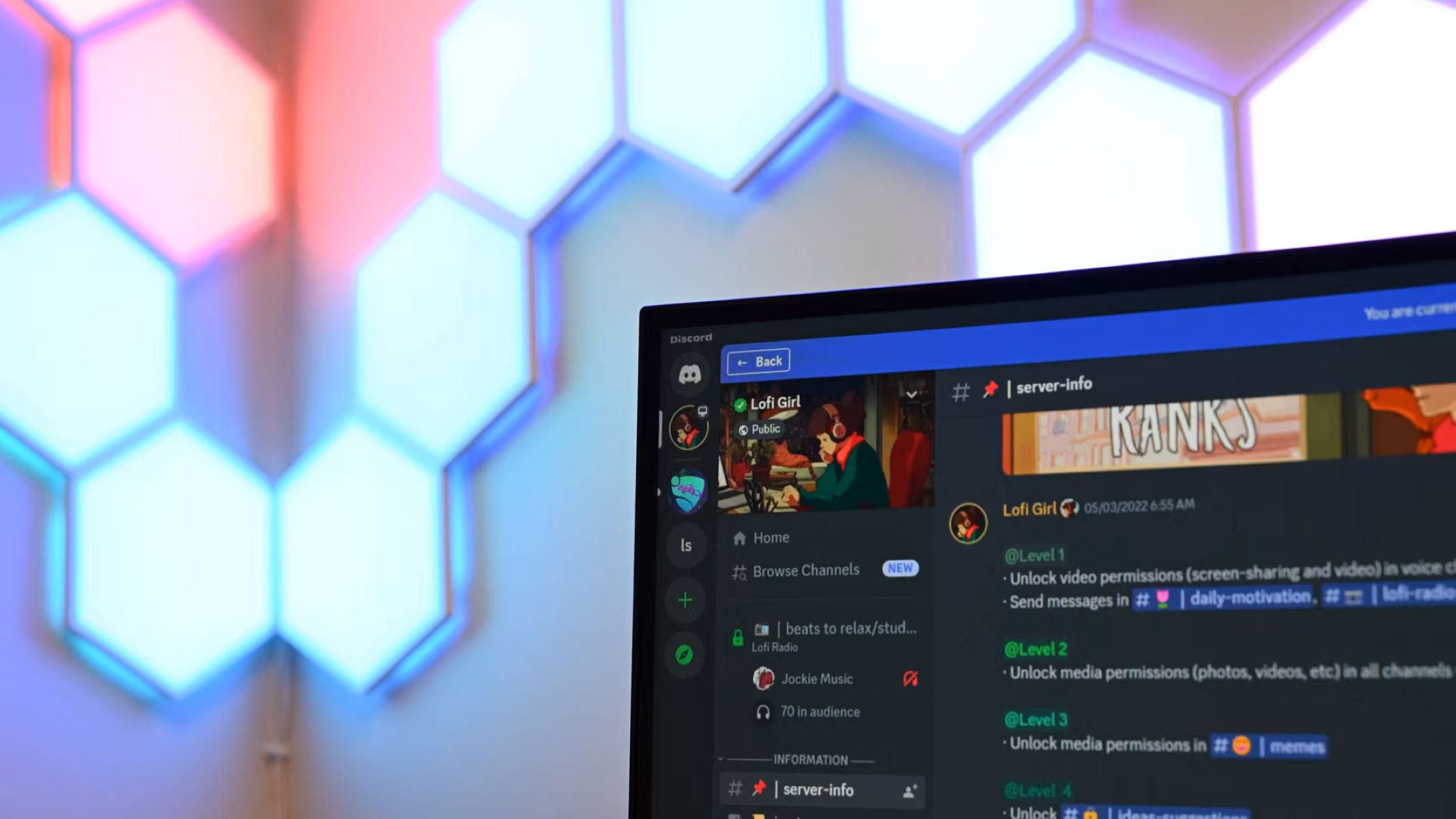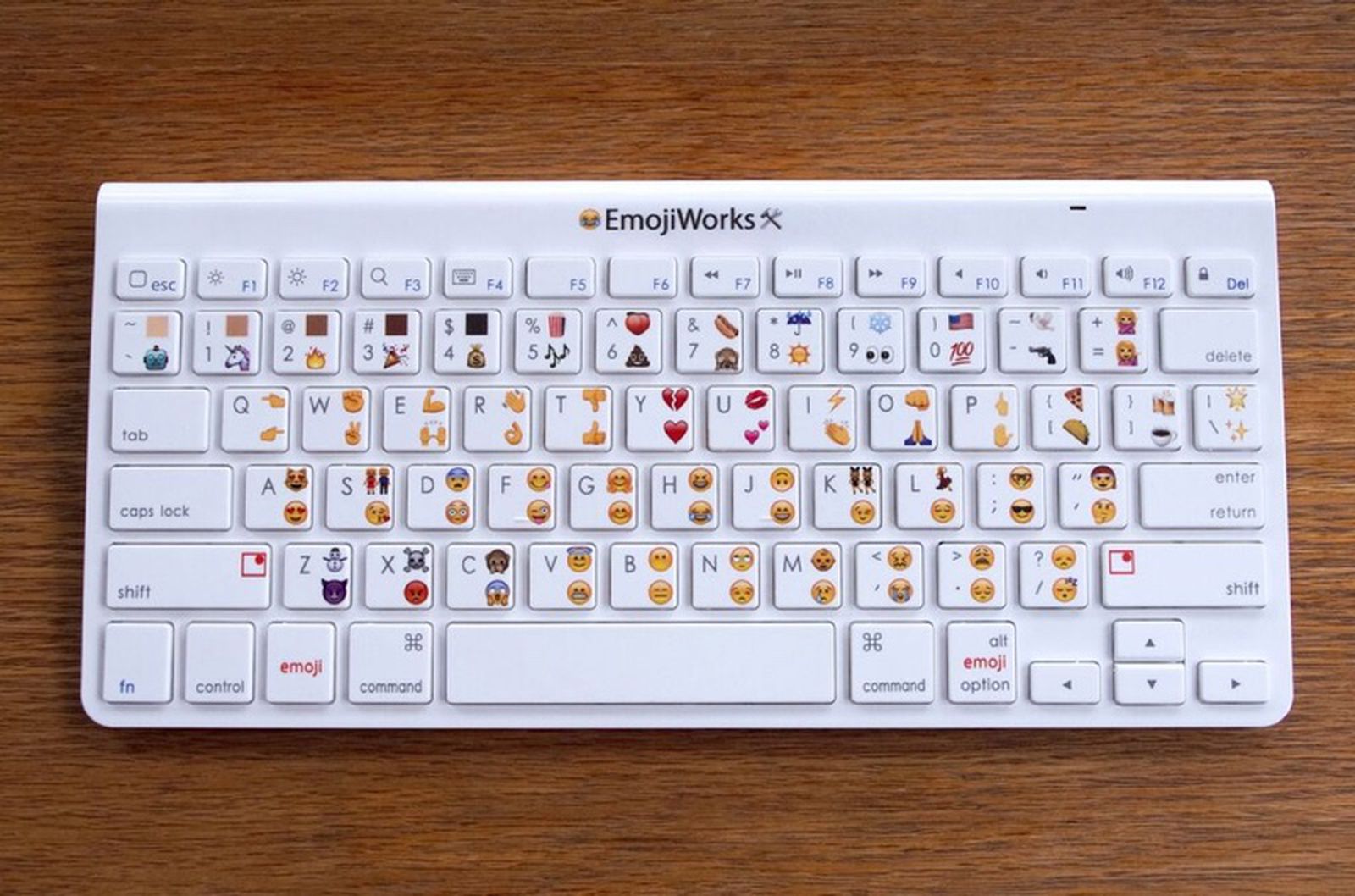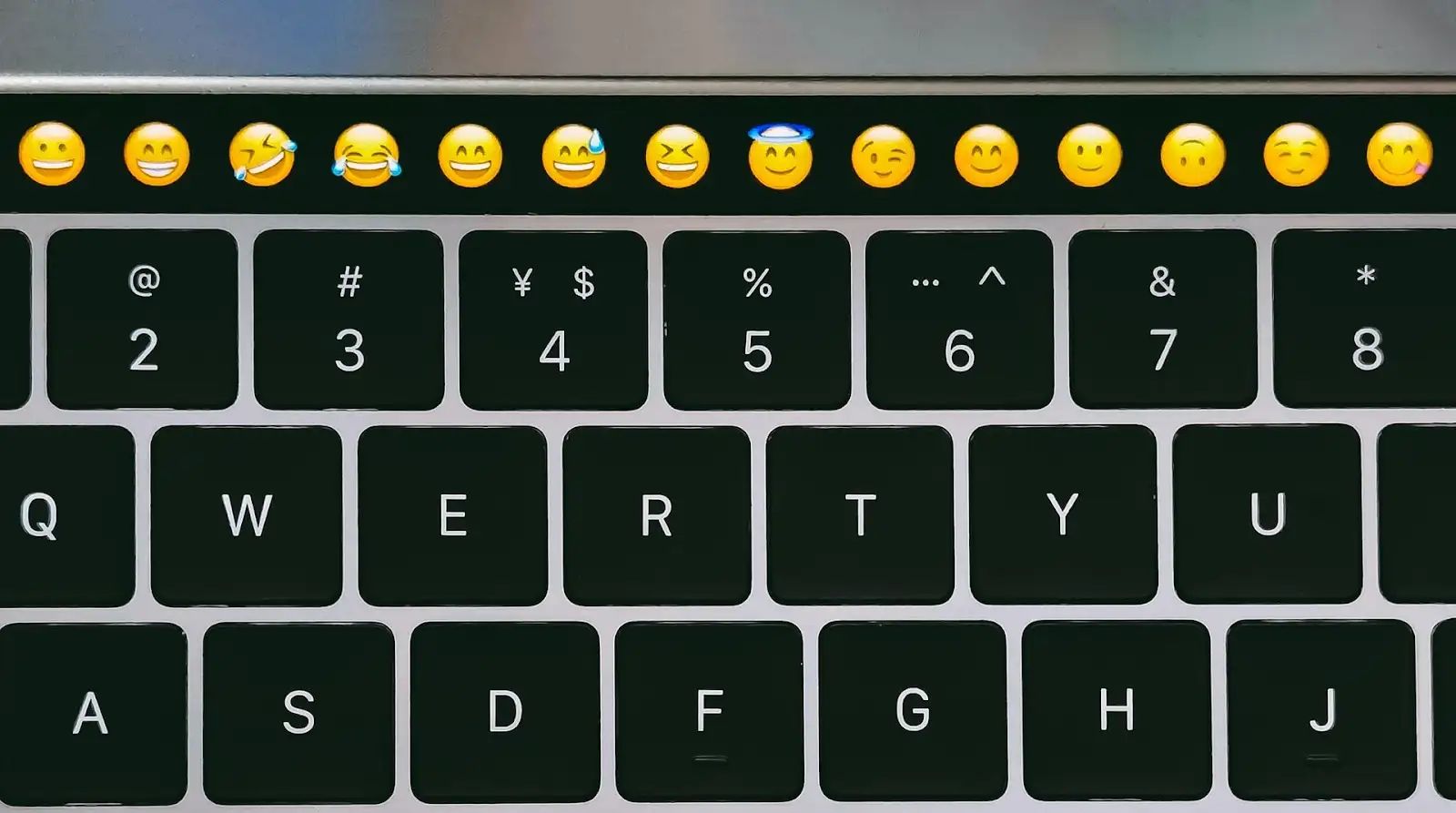Amid the ongoing conflict between Israel and Palestine, social media platforms have become a battleground for expressing support and raising awareness. One symbol that has gained significant traction is the watermelon emoji, which is being used as a substitute for words like “Palestine” and “Gaza” in captions and hashtags. While this trend may seem puzzling to those unfamiliar with internet culture, it holds deep significance for Palestinians and their supporters.
Key Takeaway
The watermelon emoji has emerged as a symbol of Palestinian resistance to occupation and a tool to bypass potential censorship on social media platforms. As the conflict between Israel and Palestine continues, the use of the emoji serves as a powerful expression of solidarity and a means to raise awareness of the humanitarian crisis in Gaza.
Symbolism and Censorship
The watermelon has long been a symbol of protest for Palestinians, representing their resistance to occupation. It shares the same colors as the Palestinian flag, making it an easily recognizable symbol of support. Online platforms, suspected of censoring content related to Gaza, have led users to adopt the watermelon emoji as a way to bypass potential restrictions. By using the emoji, which visually resembles the flag, users can still express their solidarity without fear of their posts being removed or flagged.
The Humanitarian Crisis
The conflict between Israel and Palestine has resulted in a dire humanitarian crisis in Gaza. Israeli airstrikes and a blockade have devastated the Palestinian territory, leading to a death toll that has surpassed 10,000 in just the past month. As social media users seek to raise awareness of the crisis, the watermelon emoji has become a powerful tool to give voice to their concerns.
The Rise of Algospeak
Online platforms have become increasingly regulated in terms of what content is allowed and what is not. Users have resorted to using coded euphemisms, known as “algospeak,” to evade content filters. The watermelon emoji is just one example of this phenomenon, where users employ familiar symbols and language to express their opinions without being censored. This use of linguistic workarounds is becoming more prevalent, especially when it comes to sensitive and divisive topics.
A Rich Cultural Symbol
Watermelon imagery has long been associated with Palestinian culture and resistance. Much like the olive tree, watermelon is a staple in Palestinian cuisine and is used in a variety of dishes. The watermelon’s symbolism as a political statement gained prominence after the Second Intifada in the early 2000s, with artists incorporating it into their work to convey messages of solidarity and protest.
A Political Statement
In recent years, the watermelon motif has seen a resurgence as Israeli officials crack down on the display of the Palestinian flag. Bans and legislative efforts to suppress the flag have sparked a renewed interest in watermelon imagery as a symbol of solidarity. As other governments also target the display of the Palestinian flag, the watermelon emoji represents a way to voice support for Palestinians living under occupation.
While the use of the watermelon emoji may appear puzzling to those unfamiliar with its history, it is a potent visual statement that encapsulates decades of Palestinian resistance. As social media becomes an increasingly important platform for activism, symbols like the watermelon emoji allow users to make their voices heard and raise awareness of the ongoing conflict and its impact on Gaza.

























